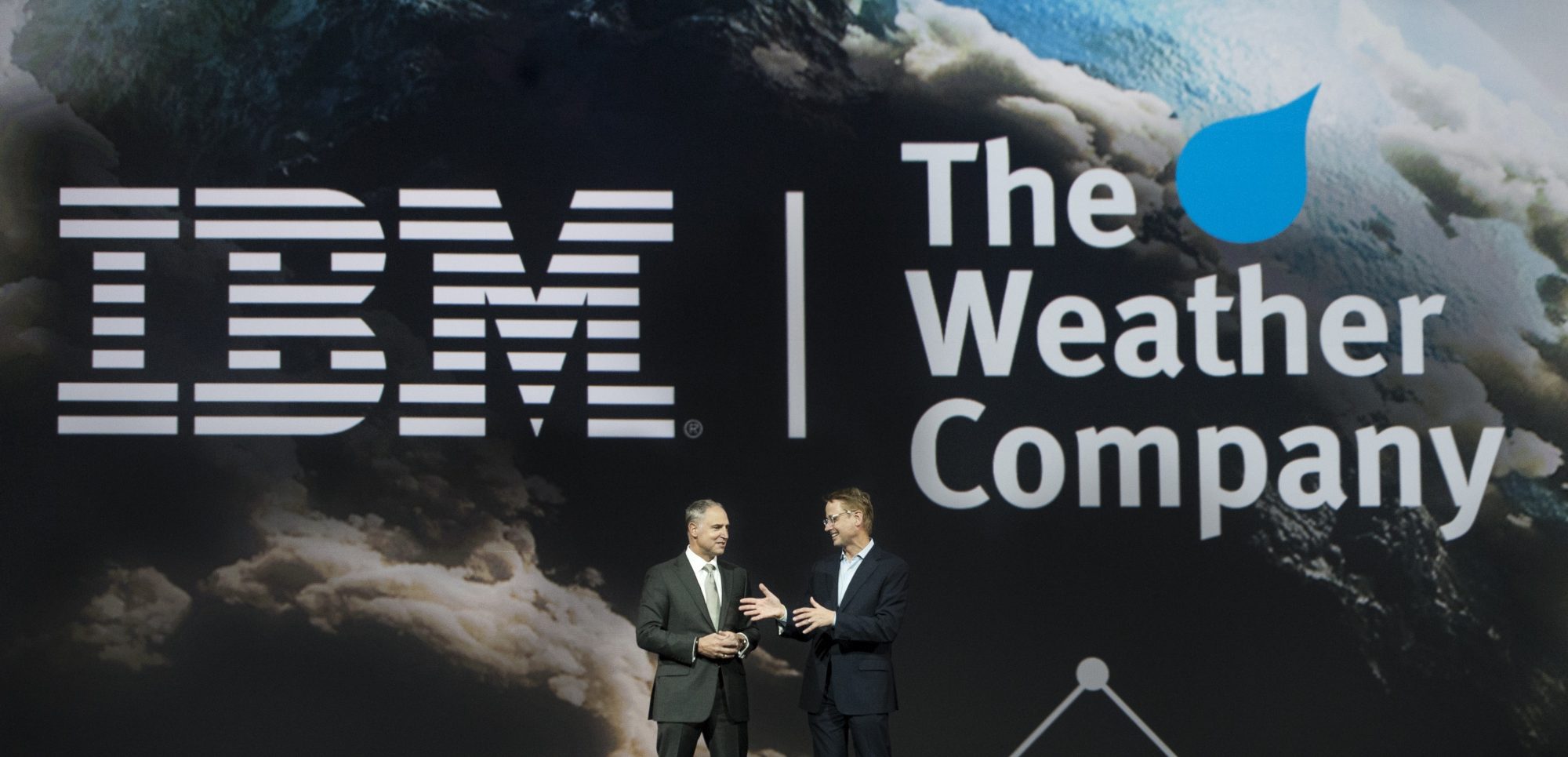IBM today announced that it is expanding its Green Horizons initiative to help address climate change.
The company had been collaborating with the Beijing Environmental Protection Bureau (BEPB) to create detailed air quality forecasts up to 72 hours and other pollution trend prediction up to 10 days in advanced.
The solution works by modelling weather’s effect on the dispersal of airborne chemicals through the use of environmental monitoring stations, weather stations, traffic cameras and satellites. IBM claims that the technology, which was developed in its Chinese lab, has helped the Beijing government reduce particulate matter (otherwise known as PM, a measurement unit used when describing airborne pollutants) and bring air quality closer to targets set for 2017.
Now, Big Blue has opened up to commercial and research partnerships for the solution across four continents.
New partnerships include the one with Delhi Dialogue Commission, which will look into the relationship between traffic patterns and air pollution in India’s capital, another with the City of Johannesburg and South Africa’s Council of Scientific and Industrial Research to assess the effectiveness of the city’s pollution intervention programs, as well as others in China.
On the flipside, the program also aims to promote sustainable energy. IBM has partnerships in the UK, Japan, US, as well as China to forecast and maintain power generated through solar and wind power.
“Our aim is to reduce PM2.5 by 33 percent over the next two years,” Jimin Zhao, lead researcher at Baoding City Environmental Protection Bureau, said in a statement. “Using Green Horizons to track the source of pollution, we can take rapid, targeted action to reduce emissions. For example, we can require that heavily polluting enterprises install filtering systems, use smokeless fuels or, in some cases, we can consider closing or relocating factories and power plants in the long term.”





